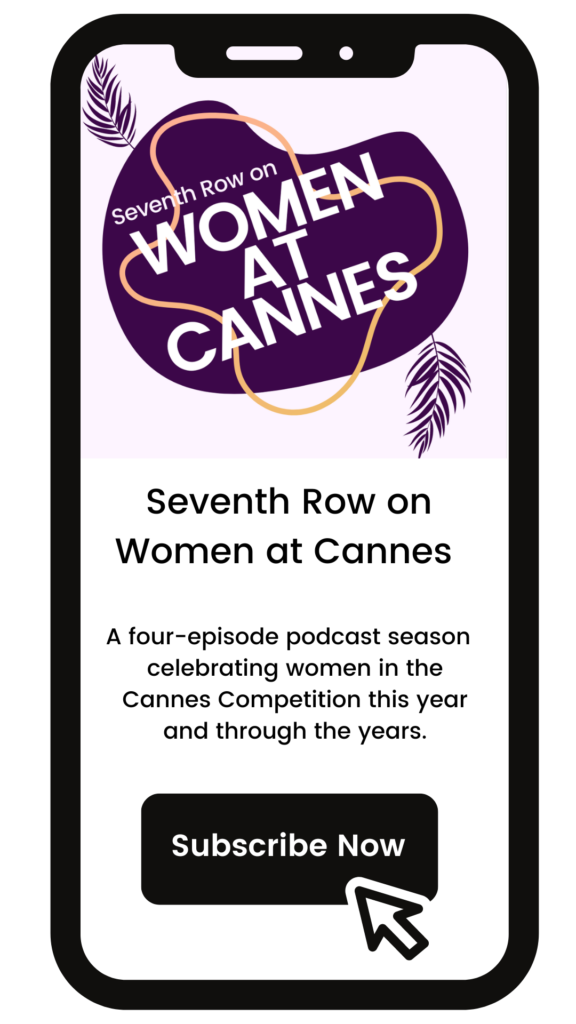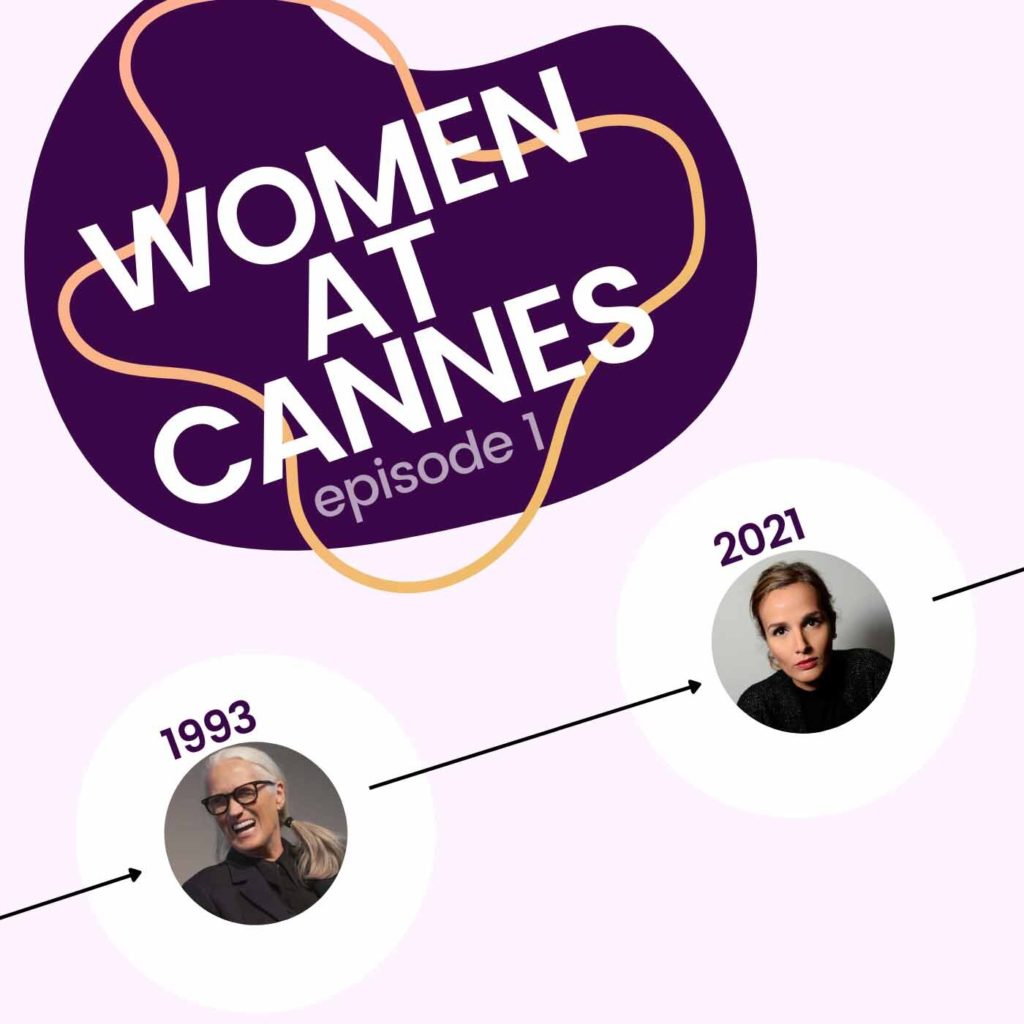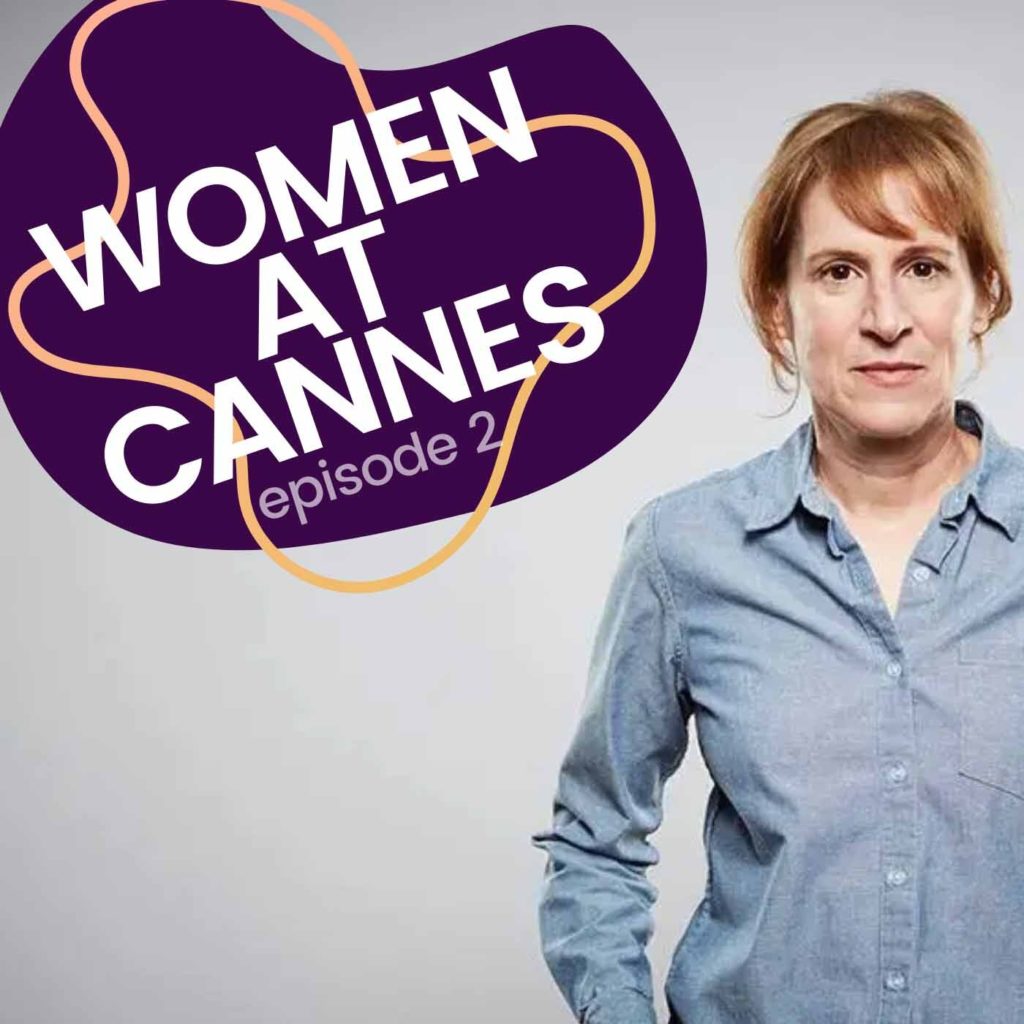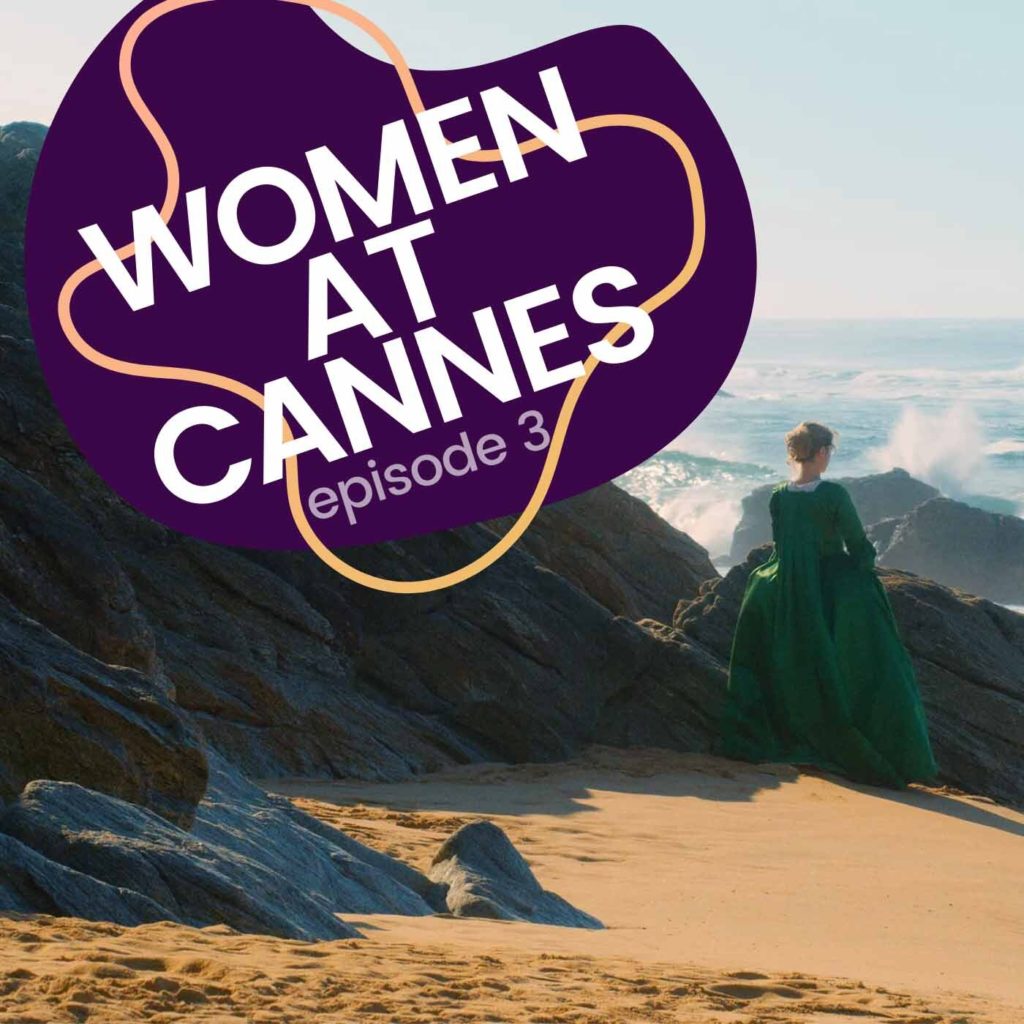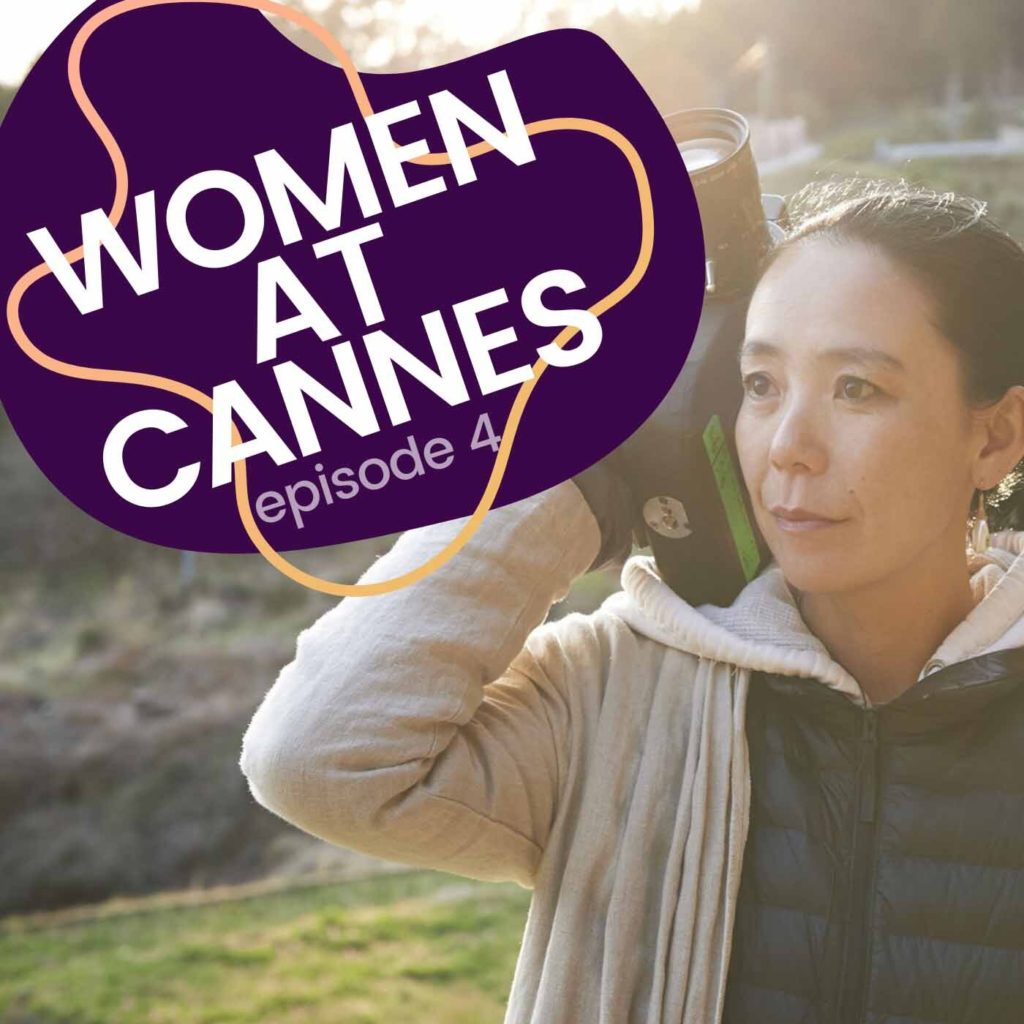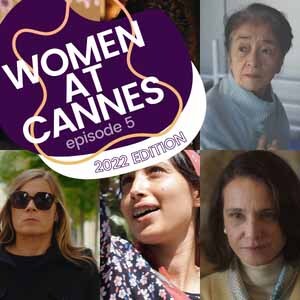Naomi Kawase’s Official Film of the Olympic Games Tokyo 2020 Side A avoids the usual tropes and cliches of sports films, focusing instead on how the athletes are rounded people, as well as the beauty fleetingness of athletic achievement.
Sign up for updates here.

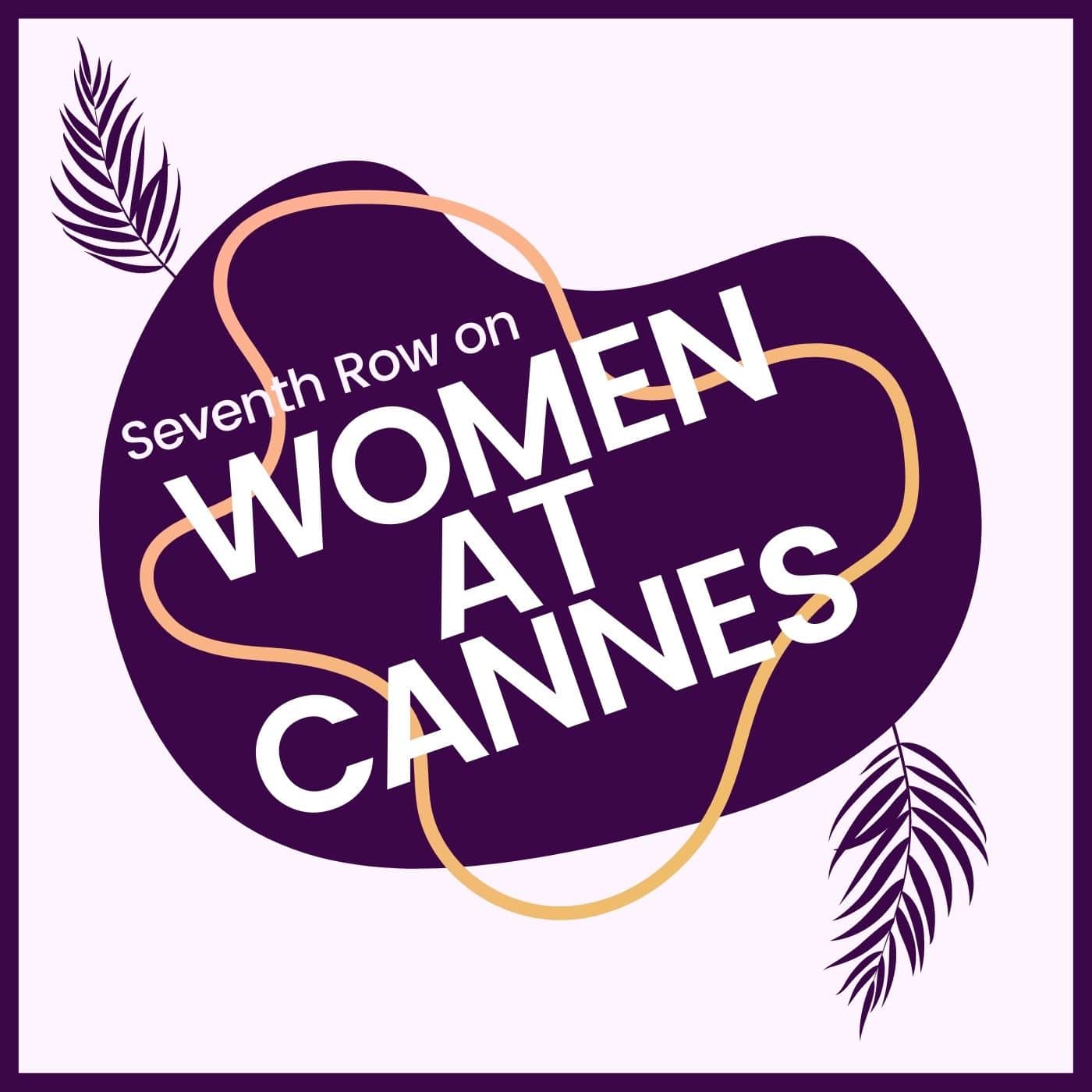
Listen to the podcast season on Women at Cannes
Over the course of five episodes, we celebrate achievements of women directors at the Cannes Film Festival in Competition and beyond, both this year and in the past. Episode 4 is dedicated to Naomi Kawase.
Discover one film you didn’t know you needed:
Not in the zeitgeist. Not pushed by streamers.
But still easy to find — and worth sitting with.
And a guide to help you do just that.
Since 1924, the Olympics have produced an “official film” for each event, which, over the years, have been directed by a mixture of specialised sport documentarians, propagandists, and occasionally prominent fiction directors. Two of Japan’s prior three Olympic films were directed by auteurs, with Kon Ichikawa (The Burmese Harp, 1956) directing Tokyo Olympiad in 1964 and Masahiro Shinoda (Pale Flower, 1964) directing Sapporo Winter Olympics in 1972. The “official film” of the Olympics is often very different from the television coverage. Both Tokyo Olympiad and the Munich 1972 Olympics film, Visions of Eight (Yuri Ozerov, Mai Zetterling, Arthur Penn, Michael Pfleghar, Kon Ichikawa, Miloš Forman, Claude Lelouch, & John Schlesinger, 1973) previously played Out of Competition at Cannes; the latter also screened in Cannes Classics this year.
While the Olympics is a nationalist-capitalist spectacle and a hyper-competitive elite sporting event, the International Olympic Committee claims that the event is a celebration of athleticism and peace. The official films rarely focus on the stories of the sports, but usually either focus on impressionistic imagery of athletes (like Ichikawa’s Tokyo Olympiad) or inspirational stories (the ten Olympic films directed by Bud Greenspan).
Naomi Kawase’s Official Film of the Olympic Games Tokyo 2020 Side A balances both. Side B, about the Olympic staff and volunteers, is coming later this year. Before watching Side A, I was discussing with Seventh Row’s editors Alex Heeney and Orla Smith about what sort of film would it be – a continuation of Kawase’s personal interests? Or a made-for-hire project? The film opens with two shots of trees swaying in the breeze, which confirmed to me that it is very much a Kawase film.
Kawase, who often focuses on themes of human interaction with nature and the fleetingness of time, was a surprising choice to be contracted for the Official Film of the Tokyo 2020 Olympics. Kawase has explained that the International Olympic Committee contacted Cannes head Thierry Frémaux for recommendations. Cannes has been one of Kawase’s biggest champions, regularly selecting her films for completion spots. Fortunately, her thematic interests tie into the Olympics in fulfilling ways.
Kawase shot the film’s prologue 750 days before her final shot, as the Olympics were postponed by a year due to COVID-19, only to go forward in 2021 with a physical audience. The film is structured chronologically by Olympic event following the Opening Ceremony, though there are no clear markers of the passage of time and include flashbacks to the athletes’ pre-Olympic training. Kawase often draws attention to the bizarreness of athletes competing in cavernous arenas devoid of the planned thousands of spectators, often panning from the action into the sparsely filled seating. The Olympics, except for the surfing event which takes place on a very grey beach, looks like an event occurring entirely in liminal spaces rather than the typical intensely nationalistic environment.
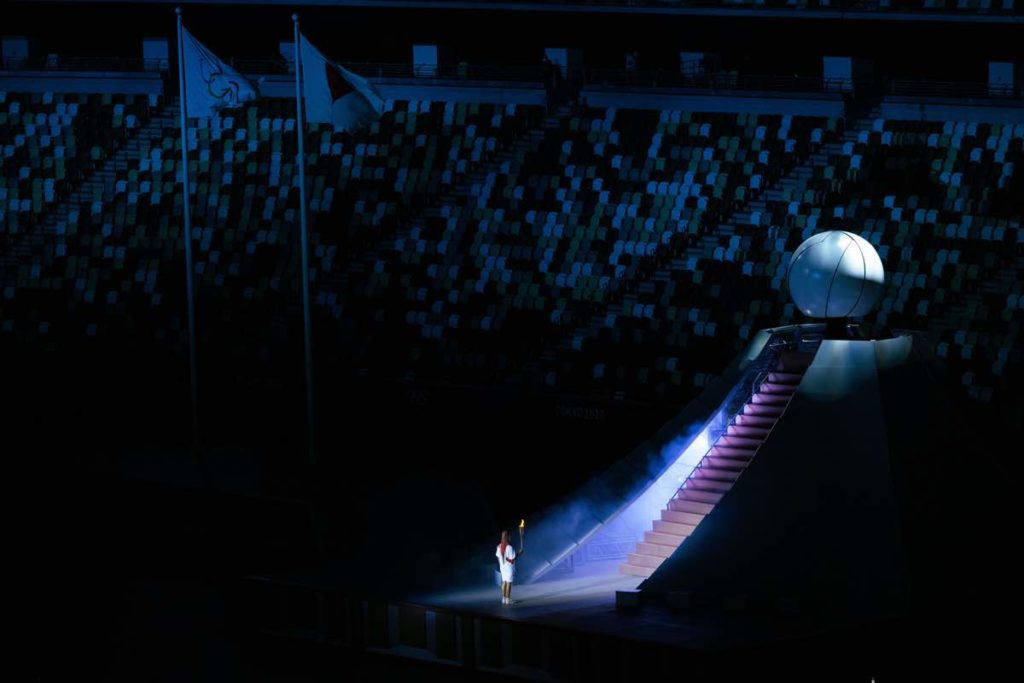
What separates Kawase’s inspirational stories in Side A from the usual stock sports documentary is that she doesn’t lionise athletes for making great sacrifices for sports. Instead, Kawase praises the athletes who stand by their convictions that they can be athletes and rounded people at the same time. For example, Kawase celebrates African-American hammer thrower Gwen Berry who was inundated with hate messages after she turned away from the flag as the US anthem played during the American trials. Berry speaks in the film about wanting her son to not grow up with the same systemic racism she grew up with. Berry’s coach emphasises that “throwing is like a job, but it’s not the most important part of what we do.”
Beyond Berry, Kawase spends much time on mothers who are competing in the games. A meeting between Canadian basketball player Kim Gaucher and Japanese player Yuka Osaki highlights the expectations placed on mothers in Japan, which was also the subject of Kawase’s most recent fiction feature, True Mothers. Gaucher launched an Instagram campaign to allow her to bring her daughter who is still breastfeeding to the Olympics. In contrast, Osaki made the team for 2020, but decided to retire when the Olympics were postponed a year so as not to be away from her daughter for even longer. Osaki is in awe of how Gaucher managed to both play both basketball and be with her baby daughter. She says such a thing never occurred to her: “I’d just follow the rule in place… it’s not something I’d question. I wish it’d been different for me.” Osakai seems inspired, which demonstrates in a miniscule way, the cross-cultural exchange the Olympics can facilitate beyond sport.
Near the end of the film, Yiannis Exarchos, the CEO of the Olympic Broadcasting Services, shares a thought about the fleetingness of Olympics which reminded of the repeated line in Kawase’s Radiance, “Nothing is more beautiful than that which disappears before our eyes.” Exarchos discusses how the goal of filming sports is to capture the brief period of time athletes do something which has never been done before. Exarchos means that capturing the image was important because sometimes it is so brief it is easy to miss live. The film left me with a different feeling: the entire Olympic event disappears, too, after a couple of weeks. Rather than the promotional piece for the Olympics you might expect, Side A’s preoccupation with the fleetingness of time raises several questions about the Olympics. How much is the momentary beauty worth when the event costs billions? And how much should athletes sacrifice for these brief moments of time?
